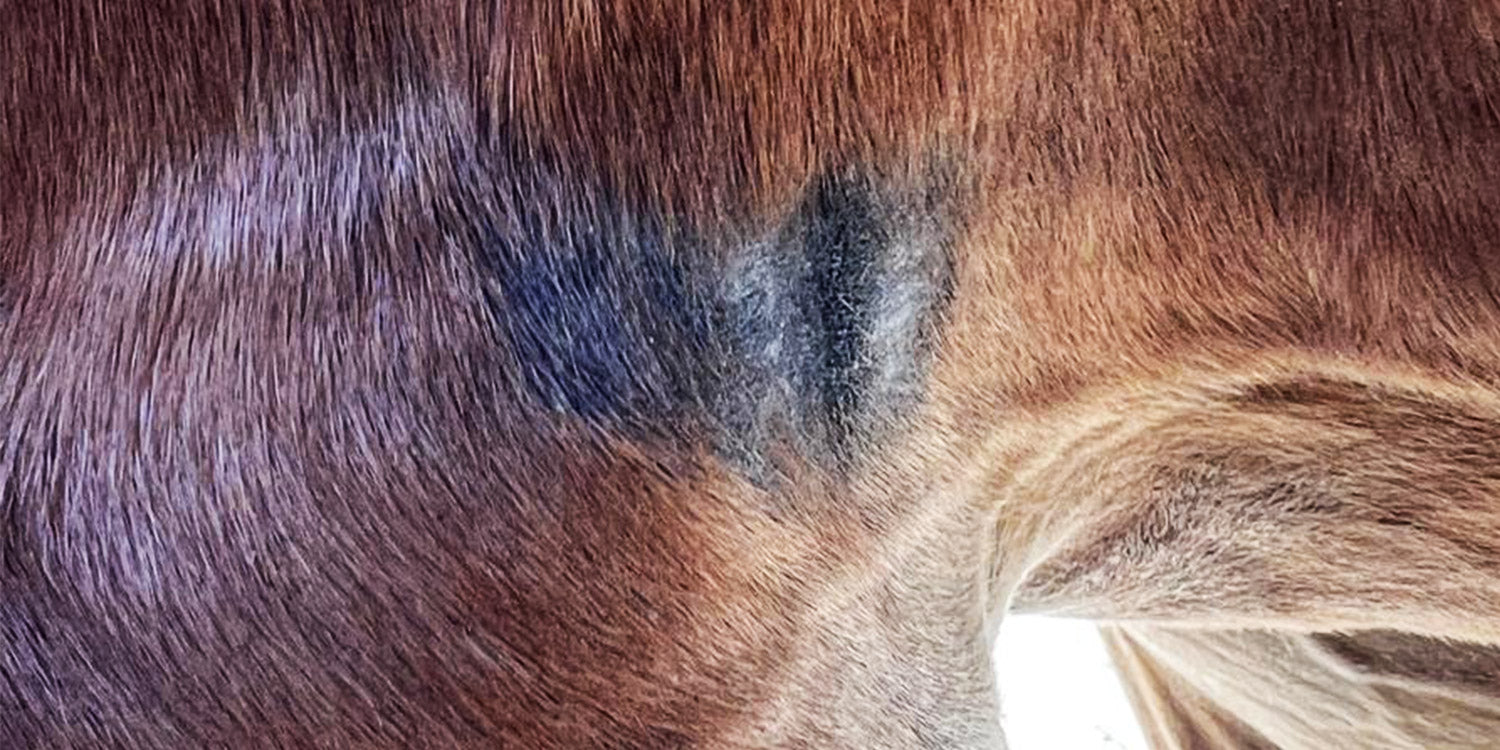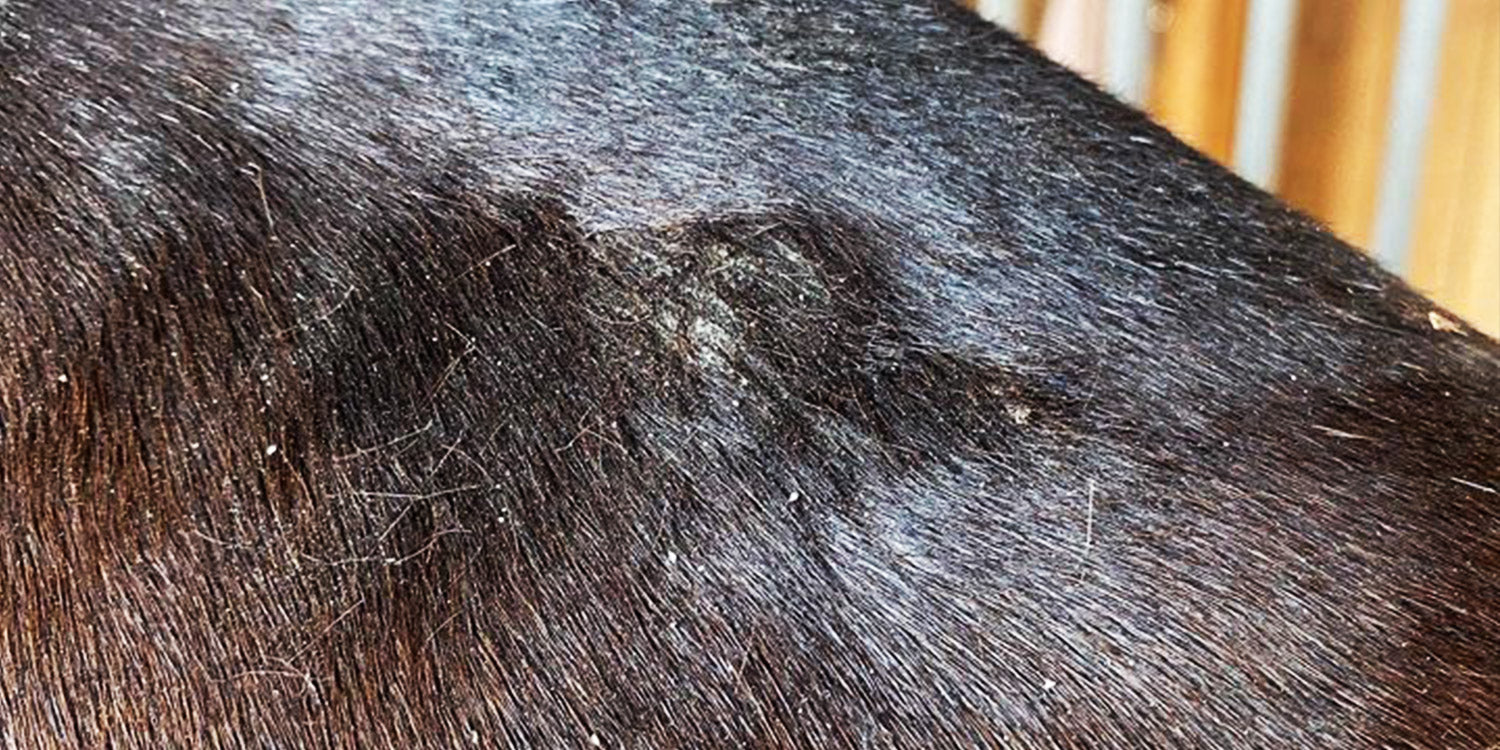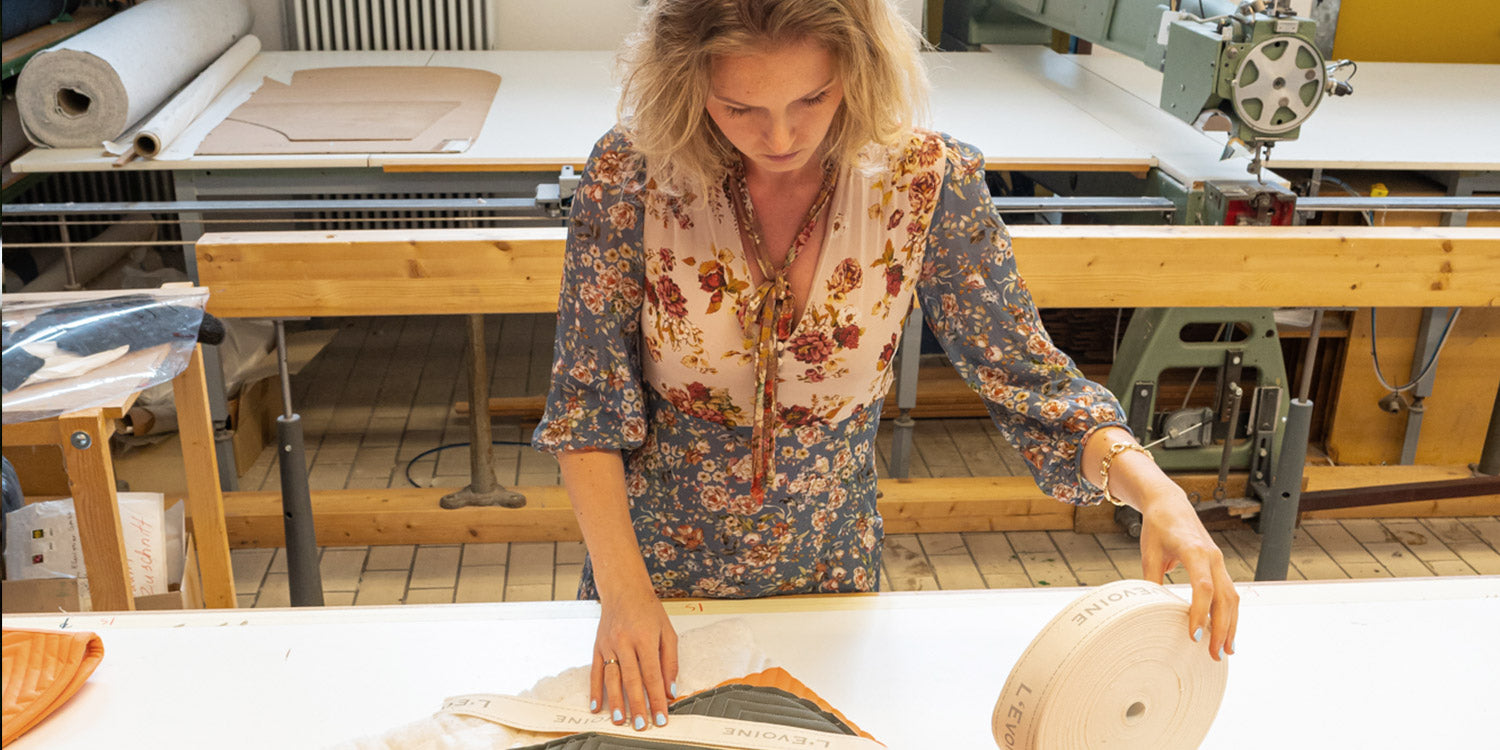
Chafing marks in the horse's fur - where do they come from and what can you do (preventively) about them?
Scuff marks are areas where the hair appears rubbed, worn, or damaged. But where do chafe marks on horses come from and what can you do (preventatively) about it?
- Causes: Chafing can have a variety of causes, including friction or pressure from ill-fitting tack, blankets or equipment. They can also occur from rubbing against surfaces such as fences, walls or stable equipment. Additionally, horses that scratch or rub excessively due to itching or skin conditions may develop chafing.
- Appearance: Chafing may appear in the form of frayed hair, rough patches, or thinning hair. The affected area may appear dull, discolored, or irritated.
- Prevention and Treatment: To prevent chafing, it is important that tack, blankets and equipment fit well and are adjusted correctly. Check and clean these items regularly to remove any dirt, debris or potential irritants. A safe and well-maintained environment for the horse can minimize the risk of chafing on rough surfaces.
- Special Breeds of Horses: Although chafing can occur in any breed of horse, certain breeds are more susceptible to them. Horses with sensitive skin, thin coats, or lighter coats may be more susceptible. In addition, breeds with heavy feathering on their lower legs, such as: Some draft horse breeds, for example, may be more susceptible to chafing in these areas.
What to do about chafing in horse fur?
By using saddle pads/saddle pads or girth protectors made from alpaca fleece, you provide the horse's skin with an additional layer of padding and protection. Alpaca fleece products provide natural cushioning, allowing pressure to be distributed more evenly. This can reduce the likelihood of friction and chafing.
In addition, unlike sheep's wool (lambskin), alpaca wool does not contain lanolin (wool fat) to which horses can react allergically. This can also unknowingly lead to skin irritation and chafing. For example, if many different materials have already been tried in the belt layer to heal the chafing spots, the alpaca fleece belt protectors are often a 'last alternative', which, when used daily, means that the chafing spots heal week after week and the hair slowly grows back.
Alpaca fleece is known for its exceptional softness and provides a gentle surface for the horse's skin. This can help minimize irritation. It also has moisture-wicking properties, meaning it can absorb and release moisture efficiently. By keeping the saddle girth or saddle area dry, it reduces the risk of sweat-related discomfort or skin problems that can lead to chafing.
Alpaca fleece allows air to circulate and promotes ventilation in the girth or saddle area. Improved air circulation can help reduce heat and moisture buildup.
It's important to know that chafing in itself is not dangerous, but it can indicate underlying problems such as ill-fitting tack or skin diseases. Timely attention, preventative measures and appropriate care can help minimize chafing and maintain the overall health and well-being of the horse's coat and skin.

